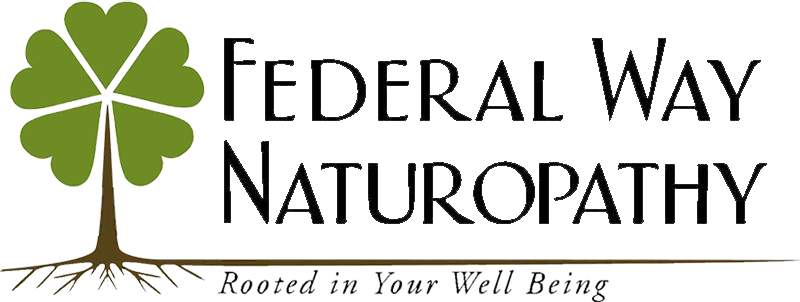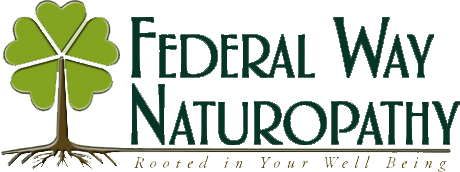Unwinding the babies
The birthing process is an epic event in the life of each person. For all babies, whether born vaginally or via c-section, there is a small space for them to push through or to be pulled out of. For some, this is a relatively uneventful experience. For others, there can be force or trauma involved in the delivery process—especially when vacuum extraction or forceps are used—that can result in a variety of concerns.
In any of these situations, vaginal birth or c-section, normal or difficult delivery, the connective tissues (fascia) that surround the muscles, bones, and organs, as well as the brain, can be compromised. If the fascia is not able to go back to a normal position, it can become stuck in a “restriction” which gets in the way of normal functioning by impeding nutritional circulation into the area. The practice of craniosacral therapy can find and release fascial restrictions with the goal of restoring normal function when post-birth problems become evident. This is a subtle and profound therapy that offers potential for subtle and profound results.
History and Application of Craniosacral Therapy
Historically, the craniosacral technique was developed by osteopathic doctors (DOs). In the 1930s, William Sutherland, DO, first wrote about the therapy and it was later made more popular by John Upledger, DO, around 1973. It is now also practiced by naturopathic doctors, physical and occupational therapists, registered nurses, acupuncturists, dentists, licensed massage practitioners, and occasionally MDs. As with all such techniques, it is important for the practitioner you choose to have specialized training, experience, and good references from other parents.
There is a wide range of conditions that craniosacral therapy might be appropriate for in your newborn or infant, including but not limited to: torticollis (tilted head from a one-sided neck spasm), misshapen head, colic, constipation, tongue-tie, lip tie, or hip dysplasia. While some issues such as hip dysplasia and tongue-tie may require surgery, this therapy can, in many cases, often complement it.
How Craniosacral Therapy is Performed
When working with newborns and infants, the baby is physically held for evaluation of the very subtle fascial movement which is created by the production and circulation of cerebral/spinal fluids. The practitioner must develop their techniques through much qualified study and practice as it is a very subtle pulsation that can be observed and worked with. The subtle movement felt in a healthy system should be symmetrical and vibrant. If there is restriction or abnormality in this fascia, movement is brought into a “stillpoint”, and requires release for relief. A typical treatment would start with holding the fully clothed baby very gently. While holding the head, I let them suck on my finger and evaluate the movement of the head. Holding the whole body, I assess the movement of the spine. I then feel the belly to evaluate the movement of the internal organs. Finally, I gauge the movement of the arms and legs. All touch is very gentle, the evaluation requires very sensitive expertise, and treatment is happening at the same time if called-for. This very subtle interfacing with the fascia leads to an unwinding of restriction patterns, a sort of liberation for stuck connective tissue.
In my experience, most babies are very receptive to the gentle touch of the craniosacral therapist. However, it is also not uncommon to find resistance on the part of the baby, especially if there are major restriction patterns or pain. Even though the treatment is subtle, it can sometimes be uncomfortable. In those instances, the mother can breast or bottle feed the infant during the treatment session to diminish the discomfort.
You may have seen versions of craniosacral therapy where an infant’s cranial bones are realigned with a more forceful pressure. Though this can be an effective technique for cranial overlap after birth, it is not the typical application of craniosacral therapy.
What to expect in a session
A craniosacral treatment session would typically be scheduled for 30-60 minutes. You can ask for and expect an explanation of what your baby will be experiencing during the treatment and a quiet environment is preferred so the provider can tune into the subtlety of the tissue movement. I encourage parents to establish trust and confidence with the practitioner and address all concerns before the treatment begins.
For some babies only one craniosacral evaluation and treatment is required. For more complicated or resistant conditions, a series of treatments may be useful to better facilitate the changes needed to effect good health. Occasionally, craniosacral treatments will be an ongoing remedy for good developmental support.
I have been a naturopathic doctor in family practice for 26 years and see people of all ages for all kinds of health problems. One of my greatest joys is to see a newborn child get started in life with the advantage of holistic care and a gentle, non-invasive treatment like craniosacral therapy. Though often very subtle in appearance, in some cases it is can dramatically improve the health of the tiniest patients.


